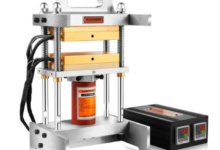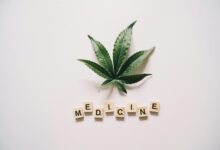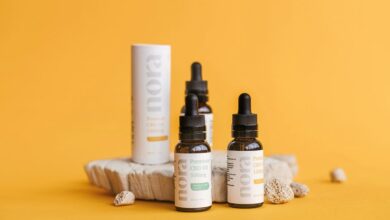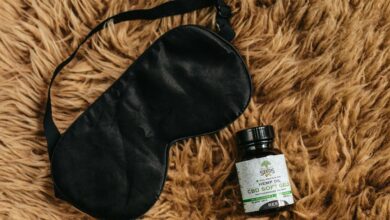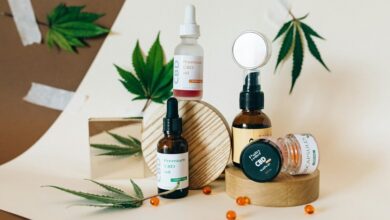Does Cbd Show up in a Drug Screen
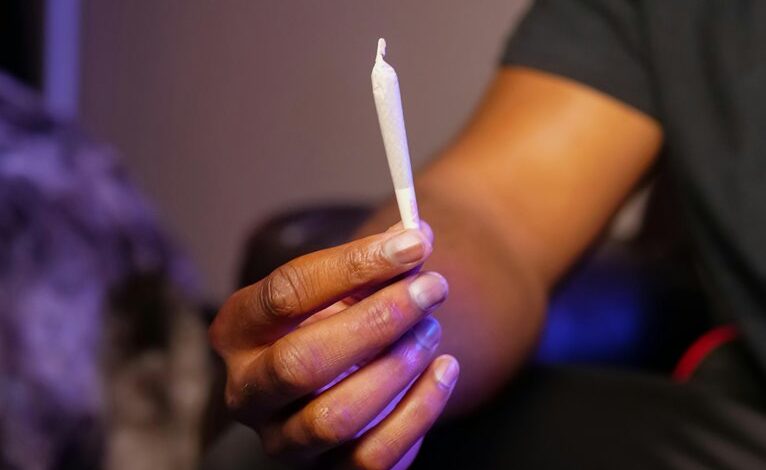
The question of whether CBD shows up in a drug screen is complex. While CBD itself is not typically detected in standard tests, the potential for THC contamination in some products raises concerns. Different drug tests vary in their detection methods, primarily focusing on THC, the psychoactive component. Understanding these nuances is crucial for consumers. What factors should be considered to ensure compliance and avoid unexpected results?
Understanding CBD and Its Composition
Cannabidiol, commonly known as CBD, is a non-psychoactive compound derived from the cannabis plant.
It is celebrated for its potential health benefits, including pain relief and anxiety reduction.
As CBD gains popularity, understanding its legality becomes essential.
While it is legal in many jurisdictions, regulations vary, impacting availability and use.
Awareness of these factors empowers individuals seeking the therapeutic advantages of CBD.
Types of Drug Tests and Their Detection Methods
As the popularity of CBD continues to rise, questions regarding its detectability in drug screenings become increasingly relevant.
Various types of drug tests exist, including urine tests, blood tests, saliva tests, and hair tests. Each method employs distinct detection techniques, with urine tests being the most common.
Understanding these differences can help individuals gauge the likelihood of CBD appearing in their screening results.
The Risk of THC Contamination in CBD Products
While many consumers seek out CBD products for their therapeutic benefits, the risk of THC contamination poses a significant concern.
Variability in THC levels can occur due to inadequate product sourcing or lack of stringent quality control measures.
Consumers should be vigilant, opting for products that provide third-party lab results to ensure safety and minimize the likelihood of unexpected THC exposure.
Best Practices for CBD Use and Drug Testing
To minimize the risk of failing a drug test while using CBD, individuals should adhere to best practices that prioritize product selection and usage.
This includes choosing high-quality, third-party tested CBD products with low THC levels, managing CBD dosage carefully, and being aware of testing frequency.
User experiences vary, and understanding legal implications is essential for informed decision-making regarding CBD consumption.
Conclusion
In conclusion, while CBD itself typically does not appear on standard drug screens, the potential for THC contamination in some products poses a risk for consumers. As individuals navigate the complexities of CBD use, one must ask: How can one ensure they are using a product that minimizes this risk? By prioritizing high-quality, third-party tested CBD options and staying informed about testing methods, users can make more informed choices and reduce the likelihood of unexpected outcomes.

